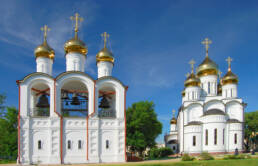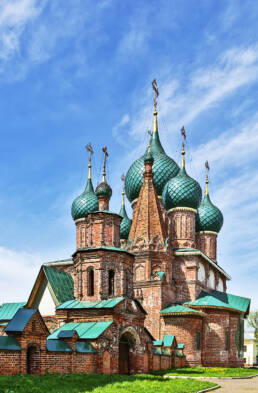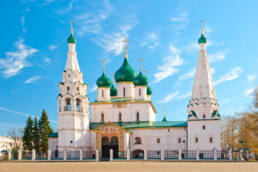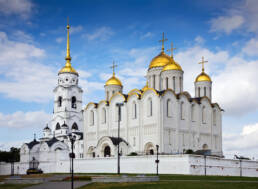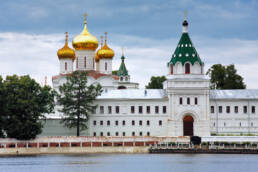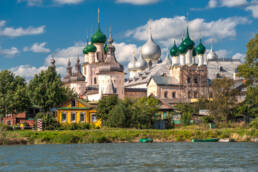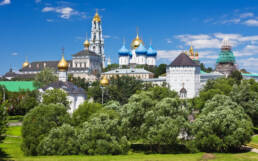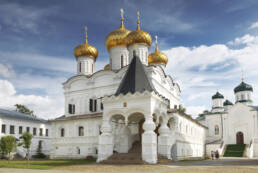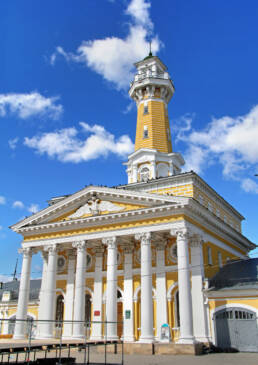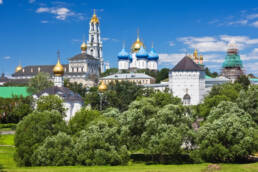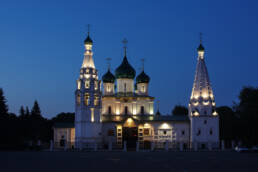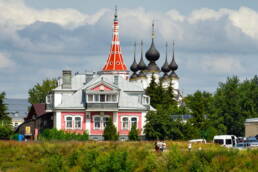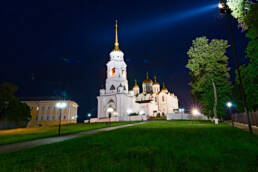The Golden Ring[zolotoe kolʲtso]
The Golden Ring is a group of medieval towns and cities that form a ring to the northeast of Moscow. These towns played a significant role in early Russian history and in the formation of the Russian Orthodox Church. The towns are full of ancient Russian architecture from the Middle Ages including kremlins (walled fortresses), monasteries, cathedrals and churches.
The towns of the Golden Ring are all in the Russian countryside which is beautiful – full of forests and fields, rivers and lakes. Visiting the Golden Ring will give you a chance to go back in time and imagine the fabled Russia of the past. The cities are associated with Russian Princes and knights, the Mongol invasions and many great names and events of the past. Listening to the history and legends told by your experienced guide will evoke memories of storybooks and fairy tales.

